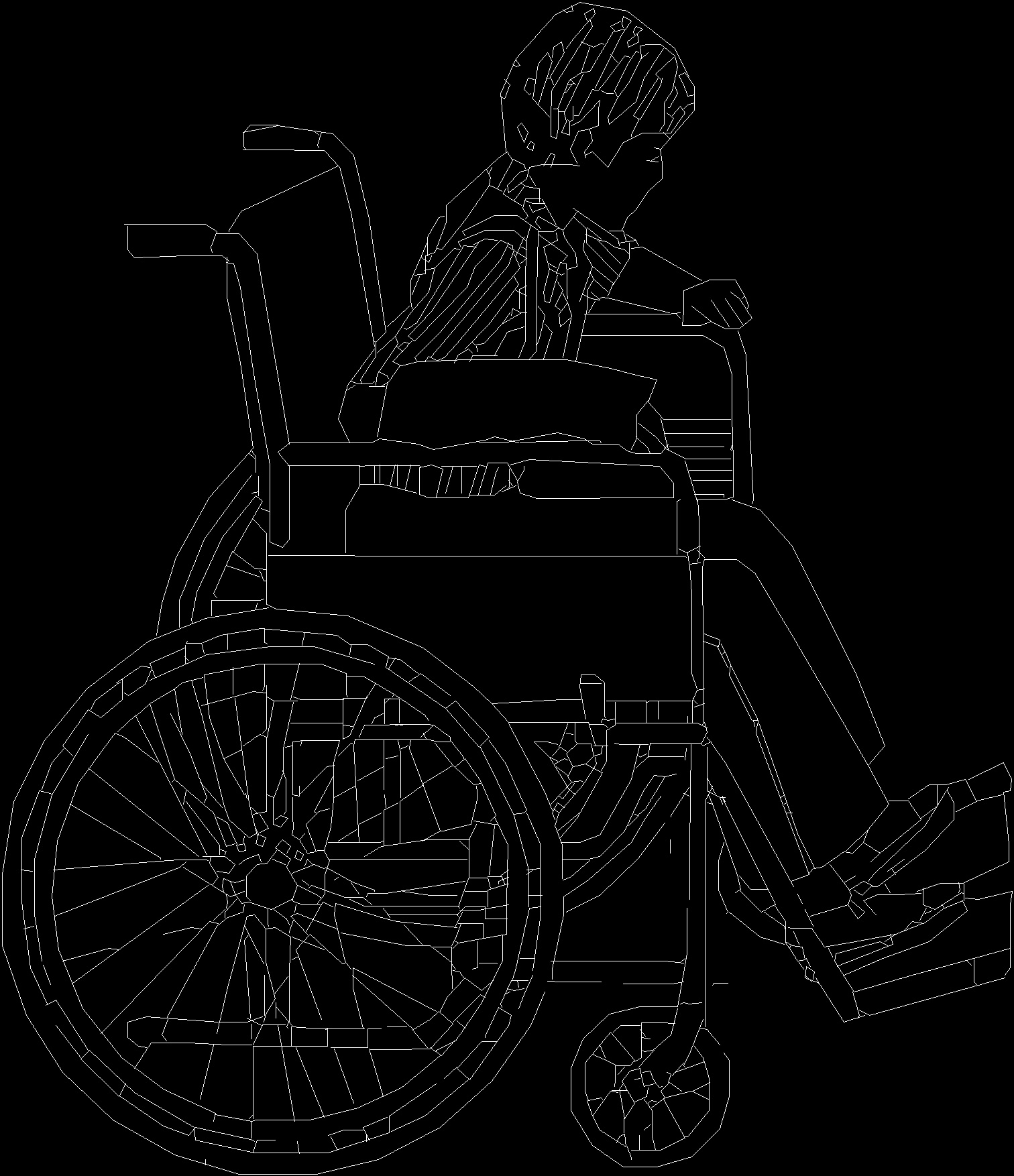Navigating The Elizabeth Line: A Wheelchair User's Perspective

Table of Contents
Station Accessibility on the Elizabeth Line
Step-free Access on the Elizabeth Line
The Elizabeth Line boasts extensive step-free access, but the experience varies across stations. Some stations offer exemplary accessibility, while others present more significant challenges for wheelchair users.
- Stations with Excellent Step-Free Access: Canary Wharf, Paddington, Tottenham Court Road (these stations generally have multiple lifts and wide, well-maintained pathways).
- Stations with Limited or No Step-Free Access (and alternative routes): Some older stations integrated into the Elizabeth Line network may require using alternative routes or relying on assistance. Check the TfL website for specific details before your journey. For example, while some platforms at Liverpool Street are accessible, others might require navigating stairs, so pre-planning is crucial. Always check the TfL website for the most up-to-date information on accessibility.
Lift availability, reliability, and maintenance are crucial factors. While generally reliable, occasional outages can significantly impact wheelchair users. Always allow extra time for potential delays related to lift maintenance or unexpected issues.
Platform Level Gap on the Elizabeth Line
The gap between the train and the platform is a common concern for wheelchair users. On the Elizabeth Line, this gap varies between stations. While generally manageable, a significant gap can make boarding difficult.
- Assistance Available: Most stations have staff available to assist with bridging the gap, often using ramps or other bridging solutions. However, the availability and responsiveness of staff can fluctuate depending on the time of day and station.
- Inconsistent Gap Sizes: We experienced inconsistencies in the gap size across different stations, highlighting the need for standardization across the network to ensure consistent and reliable wheelchair access.
Accessible Toilets and Assistance at Elizabeth Line Stations
Accessible toilets are provided at most, but not all, Elizabeth Line stations. The condition and cleanliness of these facilities vary.
- Issues Encountered: In some instances, accessible toilets were found to be out of order or unclean. This is a significant issue requiring attention to ensure a comfortable and dignified experience for wheelchair users.
- Station Staff Assistance: Generally, station staff are helpful and willing to assist wheelchair users, but the level of support available can vary. Do not hesitate to request assistance when needed.
Onboard Experience on the Elizabeth Line
Wheelchair Spaces on the Elizabeth Line Trains
Designated wheelchair spaces are available on Elizabeth Line trains. However, the size, comfort, and accessibility of these spaces vary across train models.
- Size and Comfort: The spaces are generally adequate for standard wheelchairs, but larger or specialized chairs might face space constraints.
- Overcrowding: During peak hours, these spaces can become overcrowded, impacting the comfort and safety of wheelchair users. Travel during off-peak hours is strongly recommended.
Ramps and Boarding on the Elizabeth Line
The boarding process generally involves using ramps, and assistance is typically available. However, the effectiveness of the ramps and assistance varies.
- Difficulties Encountered: Occasionally, difficulties arise with the ramp deployment or its suitability for various wheelchair types. This is again where pre-planning, allowing extra time and contacting customer service can assist.
- Staff Assistance with Boarding: Train staff are generally helpful, but their availability and responsiveness can vary, highlighting the need for consistent training and staffing levels.
Onboard Facilities for Wheelchair Users on the Elizabeth Line
The Elizabeth Line provides accessible information, such as visual announcements and tactile maps. Priority seating is also available.
- Priority Seating: Clearly designated priority seating is typically available, improving comfort and convenience for wheelchair users.
- Issues with Announcements/Signage: While generally good, instances where announcements or visual information were unclear or inaccessible were encountered. Improvements are needed for consistent accessibility for all.
Tips for a Smooth Journey on the Elizabeth Line
Pre-Trip Planning for Wheelchair Users
Thorough pre-trip planning is essential for wheelchair users using the Elizabeth Line.
- Accessibility Filters in Journey Planning Apps: Use apps that incorporate accessibility filters to plan your journey effectively.
- Checking Station Accessibility Information: Consult the TfL website or app to check the specific accessibility features of each station on your route.
- Contacting Elizabeth Line Customer Service: Contact Elizabeth Line customer service for assistance with specific accessibility questions or concerns.
During Your Journey on the Elizabeth Line
Effective communication and preparedness are crucial for a smoother journey.
- Travel During Off-Peak Hours: To minimize overcrowding, consider travelling during off-peak hours.
- Contact Station Staff for Assistance: Don't hesitate to request assistance from station staff if needed.
- Communicating Your Needs Effectively: Clearly communicate your accessibility needs to station and train staff to ensure you receive the necessary support.
Conclusion
The Elizabeth Line marks a significant advancement in London's public transport, but consistent and comprehensive wheelchair accessibility remains crucial. While many stations and trains boast excellent features, inconsistencies and occasional challenges persist. Proactive journey planning, utilizing available assistance, and communicating your needs effectively can significantly enhance your experience. Always check station-specific accessibility information and don't hesitate to contact Elizabeth Line customer services for support. Let's advocate for continued improvements to Elizabeth Line accessibility, ensuring a truly inclusive transport system for all wheelchair users. Share your experiences to help improve Elizabeth Line accessibility for wheelchair users.

Featured Posts
-
 Hart Trophy Finalists Announced Draisaitl Hellebuyck And Kucherov
May 09, 2025
Hart Trophy Finalists Announced Draisaitl Hellebuyck And Kucherov
May 09, 2025 -
 Is The Colapinto Doohan Imola Swap Just Speculation
May 09, 2025
Is The Colapinto Doohan Imola Swap Just Speculation
May 09, 2025 -
 Increased Disney Profits Theme Parks And Streaming Services Deliver
May 09, 2025
Increased Disney Profits Theme Parks And Streaming Services Deliver
May 09, 2025 -
 India And Us To Discuss Bilateral Trade Agreement
May 09, 2025
India And Us To Discuss Bilateral Trade Agreement
May 09, 2025 -
 Muutokset Britannian Kruununperimysjaerjestyksessae Uusi Jaerjestys Selkeaesti
May 09, 2025
Muutokset Britannian Kruununperimysjaerjestyksessae Uusi Jaerjestys Selkeaesti
May 09, 2025
